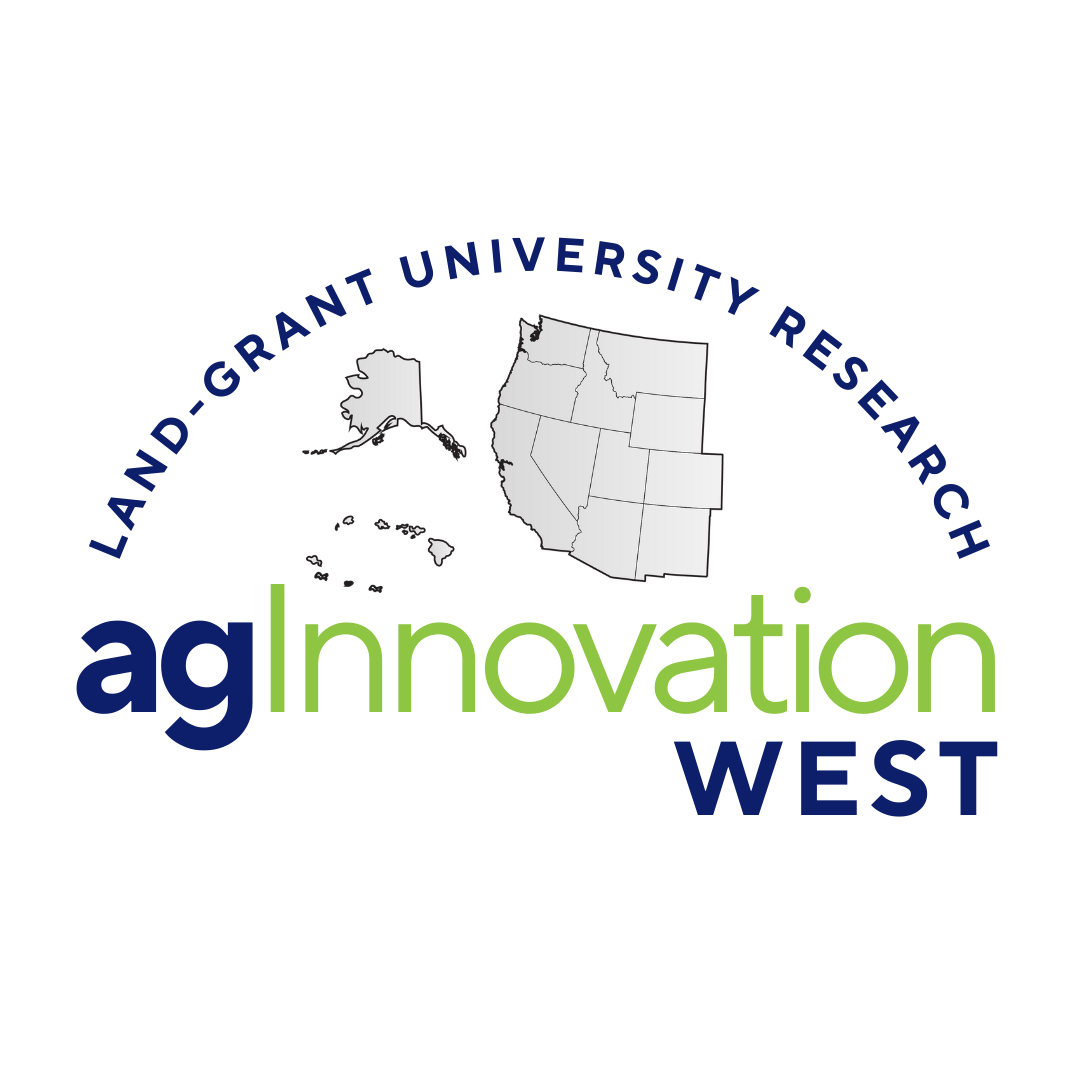
W1197: Advancing Aquatic Food Product Sustainability: Improving Quality, Utilization and Safety
(Multistate Research Project)
Status: Active
Homepage
ISSUES
The aquatic foods harvested and produced in the U.S. are sources of healthy, sustainable proteins, fats, and fibers (macroalgae). Domestic harvest and production of aquatic food is a critically important component of America’s food supply chain, and efficient, sustainable aquatic food systems will be critical to the success of the U.S. in meeting the food, fiber, fuel, feed, and climate demands of the 21st Century. Much like specialty crops, the aquatic food system is highly diverse with both species and regionally driven barriers to:
- Productivity
- Food loss and waste
- Water quality
The resilience of the U.S. aquatic food system and its subsequent productivity will be dependent on innovation and focused collaboration among aquatic food harvesters, producers, processors and scientist to develop solutions that allow the aquatic food industry to produce better, safer products and operate more efficiently. The vision for this multistate project is to accelerate the flow of information and pace of innovation to address the science and engineering challenges that limit the competitiveness of the U.S. aquatic food industries. This multistate project will produce the knowledge-based outcomes that will catalyze innovation and provide key stakeholders with the solutions needed to stay ahead of an ever changing, complex, and challenging global food environment.
JUSTIFICATION
In 2021, the National Marine Fisheries Service reported in their annual U.S. Commercial Fisheries and the Seafood Industry Report (National Marine Fisheries Service, 2021) that the United States landed approximately 8.6 billion pounds of fish and shellfish, valued at $6.5 billion at the point of sale (ex-vessel value). Additionally, US aquaculture producers harvested 658 million pounds of fish and shellfish worth $1.5 billion. The domestic seafood industry processed a substantial 2.4 billion pounds of product, amounting to a value of $5.1 billion. Moreover, the U.S. successfully exported 2.5 billion pounds of aquatic food products, reaching a value of $5.2 billion. The total import value for aquatic food products in the U.S. amounted to $27.9 billion The US aquatic food product sector is relatively small compared to many agriculture, industrial, and service sectors. According to the USDA’s U.S. animal and animal product cash receipts (USDA 2021), the 2021 farm receipts for Cattle, Dairy, Hogs and Poultry and Egg reported were $72.9B, $41.8B, $28B, and $46.1B, respectively. As a result, many aquatic derived food harvesters and processors are small to mid-sized when compared to their terrestrial counterparts. Like other US food sectors, the aquatic derived food distribution channels are global and dominated larger companies that buy unprocessed product from large numbers of small to moderate scale fishers and aquaculturists. However, this sector is an important economic base for many rural coastal communities and is an important source of employment and earnings in many large coastal cities.
Parfitt et al, 2010 estimates that 10 to 40 percent of total global food product and as high as 50% is lost. Overall food losses in the USA amount to $90-100 billion a year, of which $48.3 billion is thrown away directly by the consumer (Parfitt et al, 2010). When food production outpaces food consumption, it is easy to ignore the waste created by inefficiencies in harvest, processing and cold-chain systems. However, future projected limitations in food resources by 2050 demand these kind of attitudes change (de Almeida Oroski and da Silva, 2023). Our ability to sustainably use both terrestrial and aquatic foods will be crucial to meeting global population food needs. Many of the US terrestrial agriculture food systems have benefited from productive multistate partnerships in research and education focused on improving the productivity, efficiency, safety and sustainability of terrestrial food systems. The success of these partnerships is evidenced by the U.S.’s preeminence in growing and processing terrestrial food systems. Can we say the same for aquatic food systems? Unequivocally, the answer is no. We are already living with the consequences of this as the U.S. imports nearly 90% of its aquatic derived foods (GAO 2011). The U.S. government advises doubling seafood consumption for health reasons (2011 Federal Dietary Guidelines for Americans) and the updated 2020-2025 dietary guidelines list seafood as a nutrient dense food where 90% of the population is below recommended goals for consumption (8 oz/week). Meanwhile, USDA-ERS (2020) Food Availability (Per Capita) Data System estimates total loss for all levels for fresh and frozen seafood is 45.4% (including consumer cook loss and uneaten food). As we try to change these statistics by enhancing the amount of aquatic foods we produce, we need to also focus on improving our stewardship of these resources in terms of their sustainable utilization. The U.S. has directed significant resources in terms of re-building wild fish stocks through hatchery management systems, assessing wild populations to support fishery management decisions and developing and enhancing fish farming systems. It has also directed significant resources to understanding and protecting all of our aquatic ecosystems. It has not, however, directed resources at insuring that foods derived from these very same aquatic systems, are harvested, processed and distributed to maximize sustainability through optimized utilization.